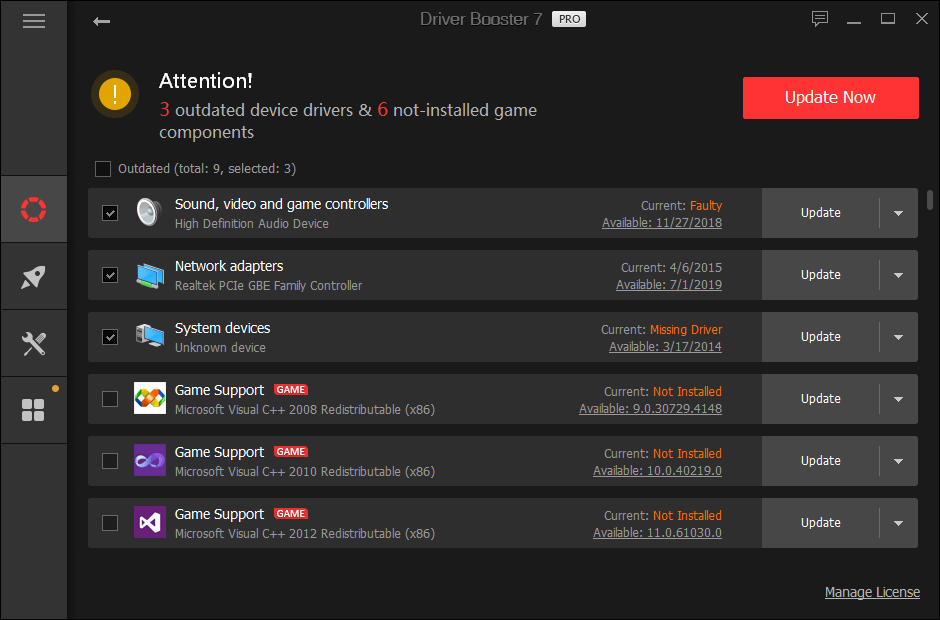


Hash = ((hash compile -> deploy while it is in frameworks like (Rails/Django/Grails): run testing server -> code -> change things and see what happens. It has excellent distribution and speed on many different sets of keys and table sizes If you just want to have a good hash function, and cannot wait, djb2 is one of the best string hash functions i know. Here is a list of hash functions, but the short version is:

If you are wanting to create a hash map from an unchanging dictionary, you might want to consider perfect hashing - during the construction of the hash function and hash table, you can guarantee, for a given dataset, that there will be no collisions. So it’s just easier to call them “random” GUIDs. But nobody knows what type 4, or types 1, 3 and 5 are. A more accurate description would be Type 4 UUID. Note: Again, I put “random GUID” in quotes, because it’s the “random” variant of GUIDs. Return (int)GetFirstFourBytesOfGuid(type4uuid) Software_engineering_top_100_se.md – Software_engineering > 8)


 0 kommentar(er)
0 kommentar(er)
